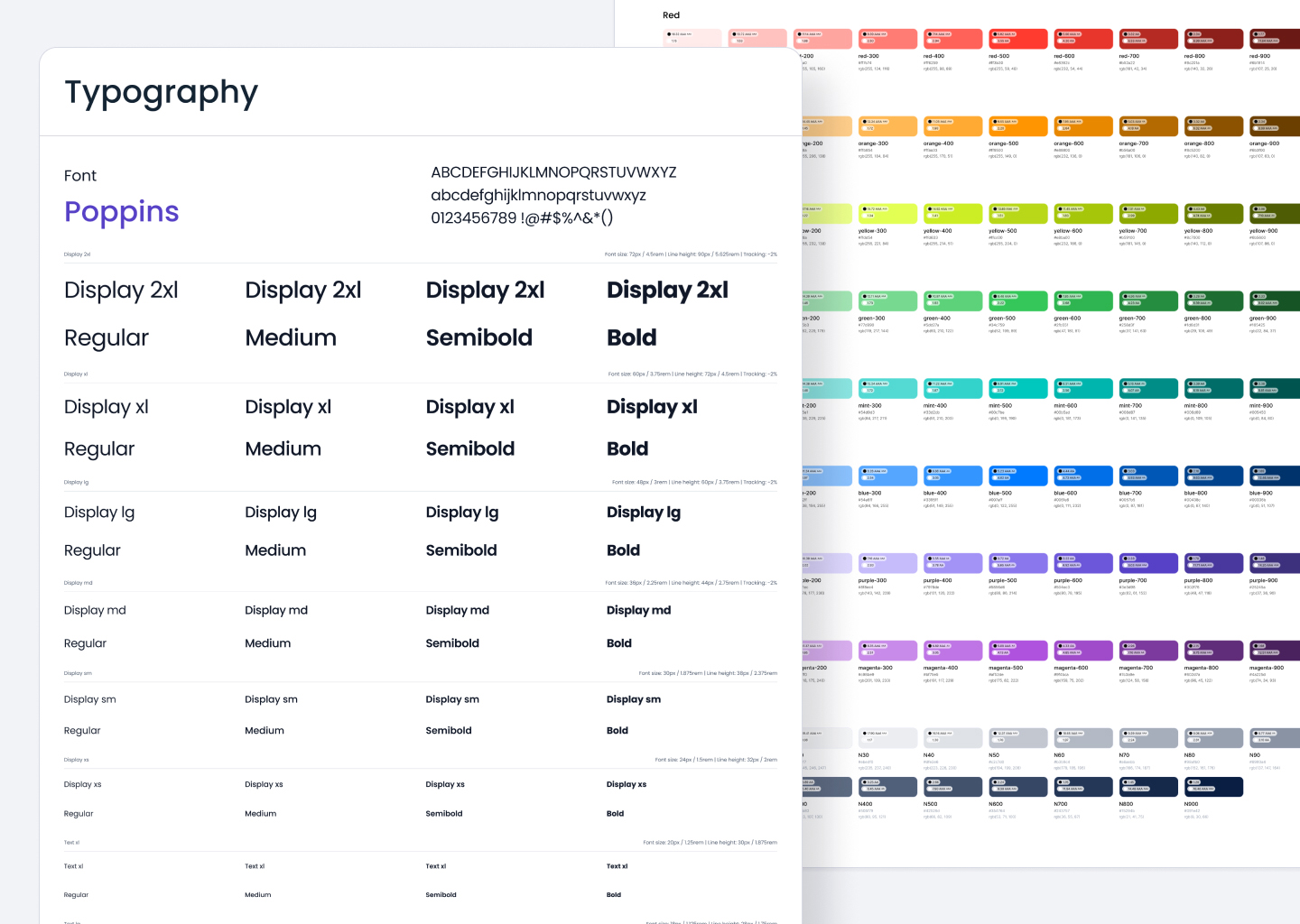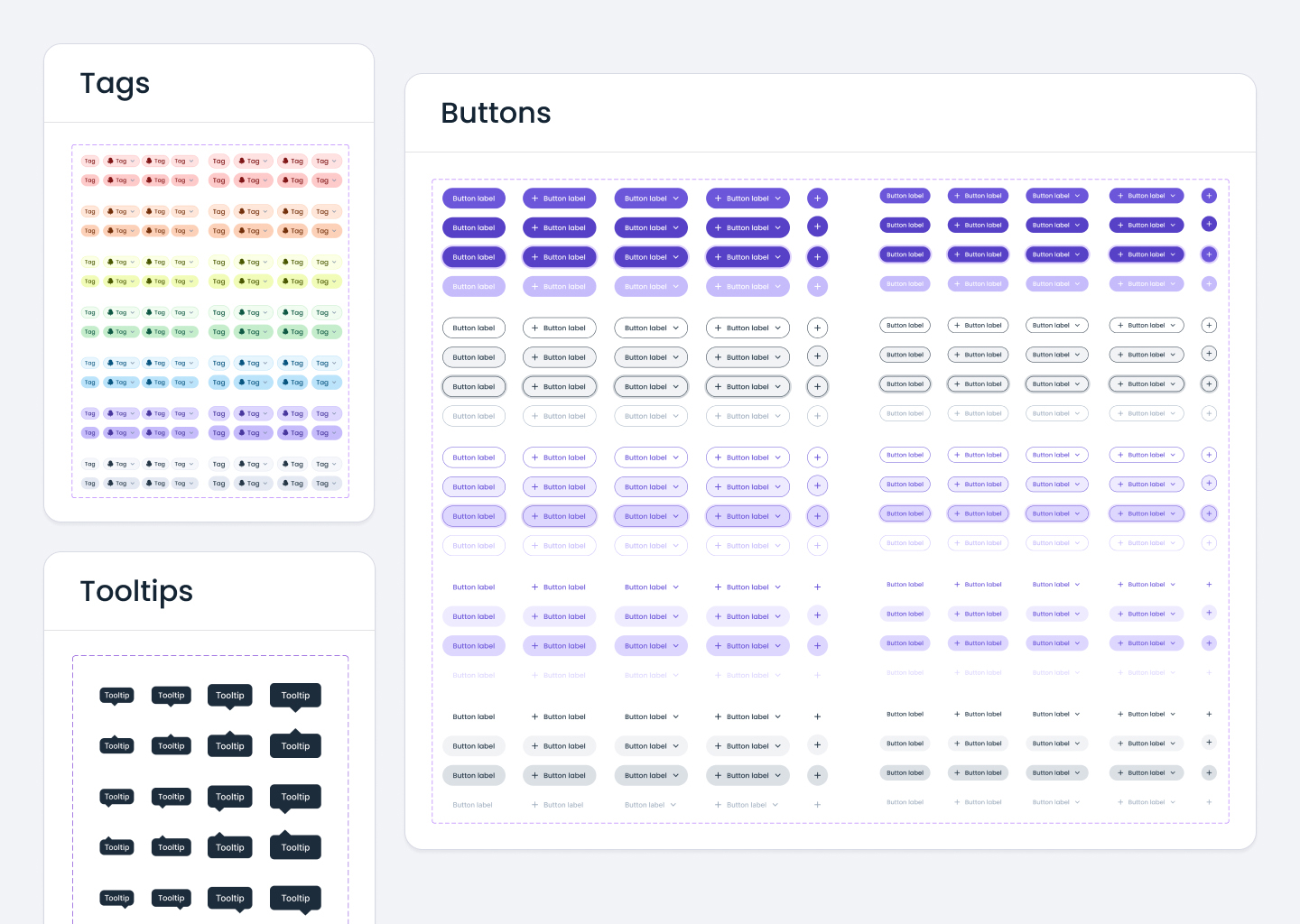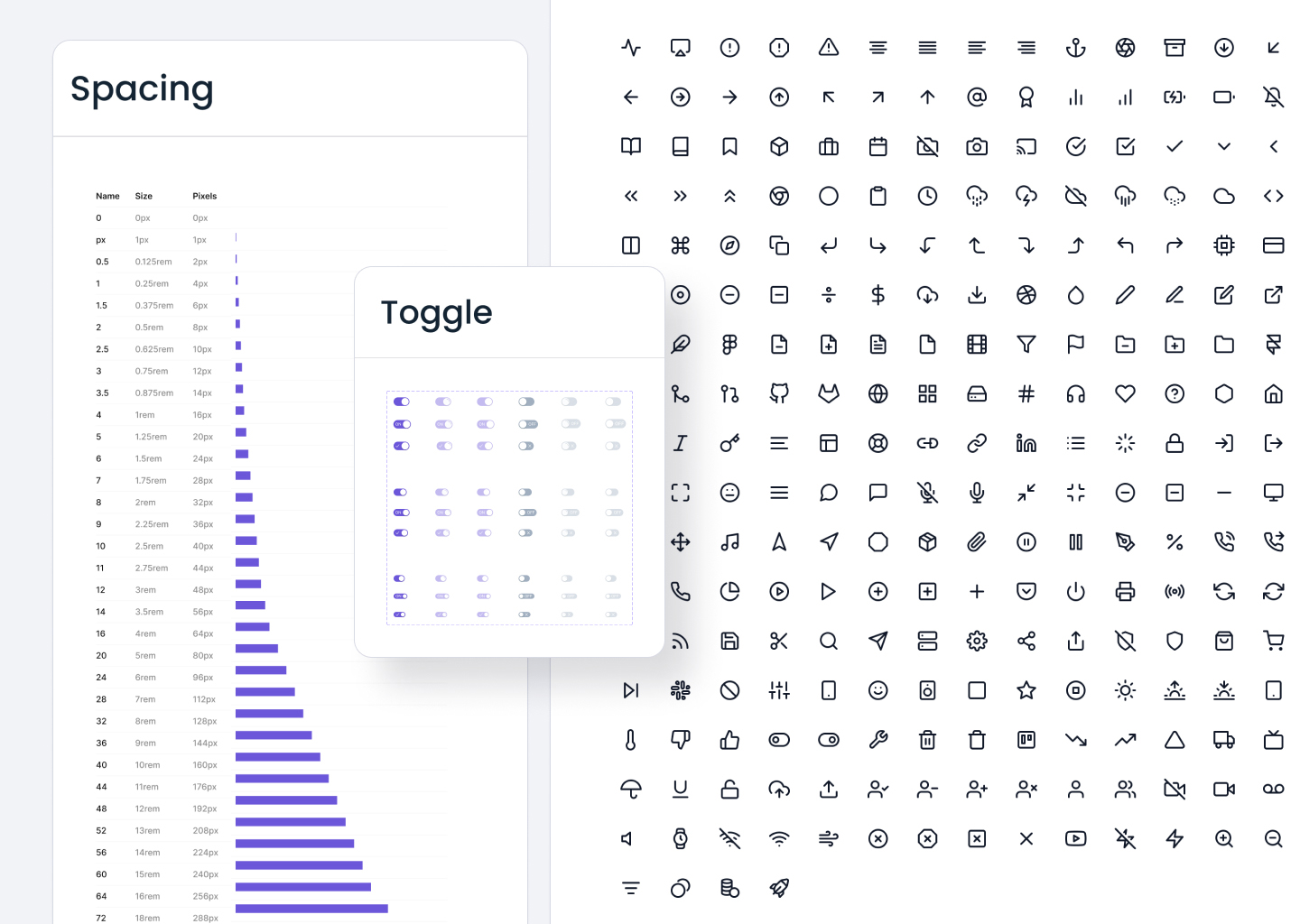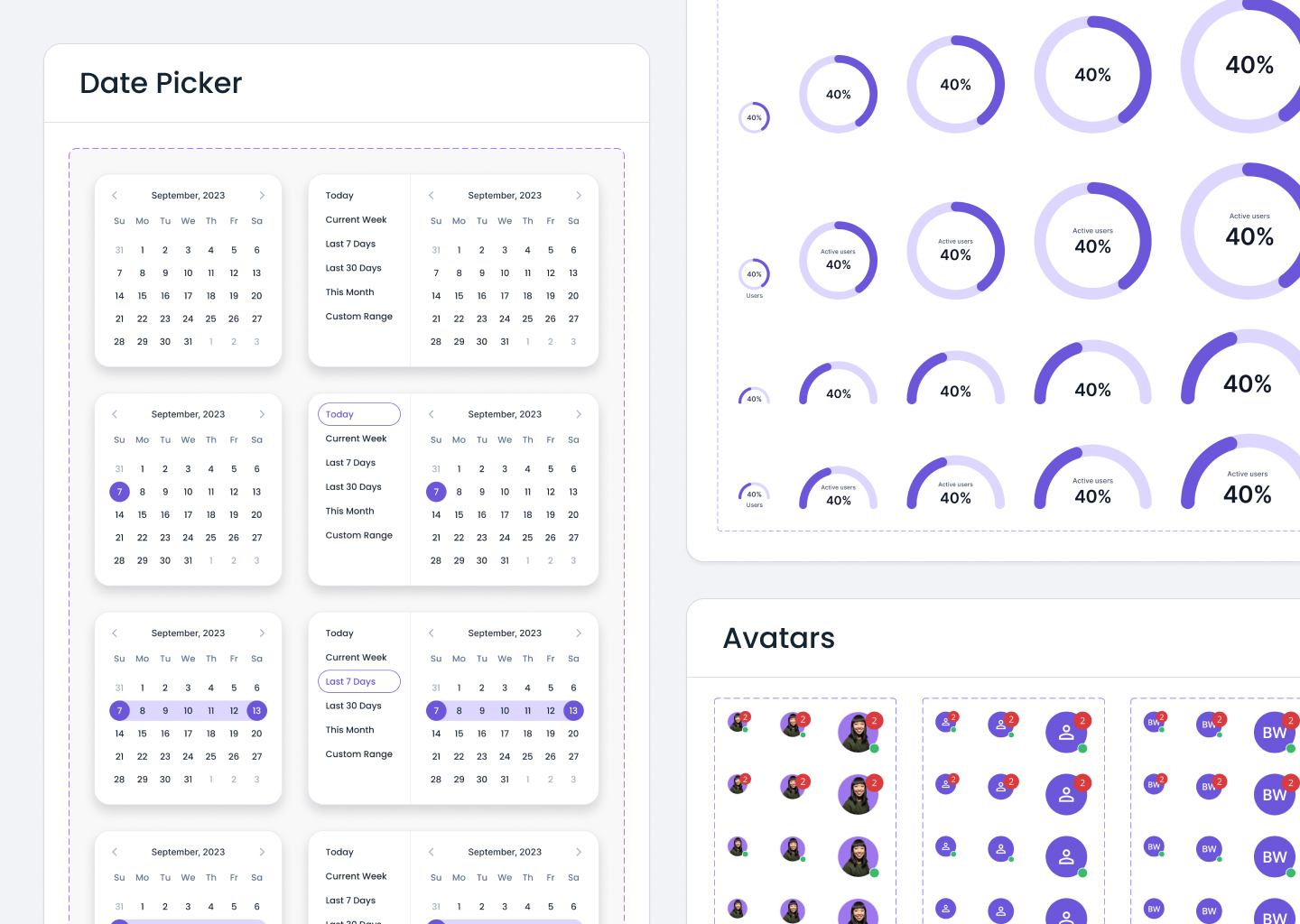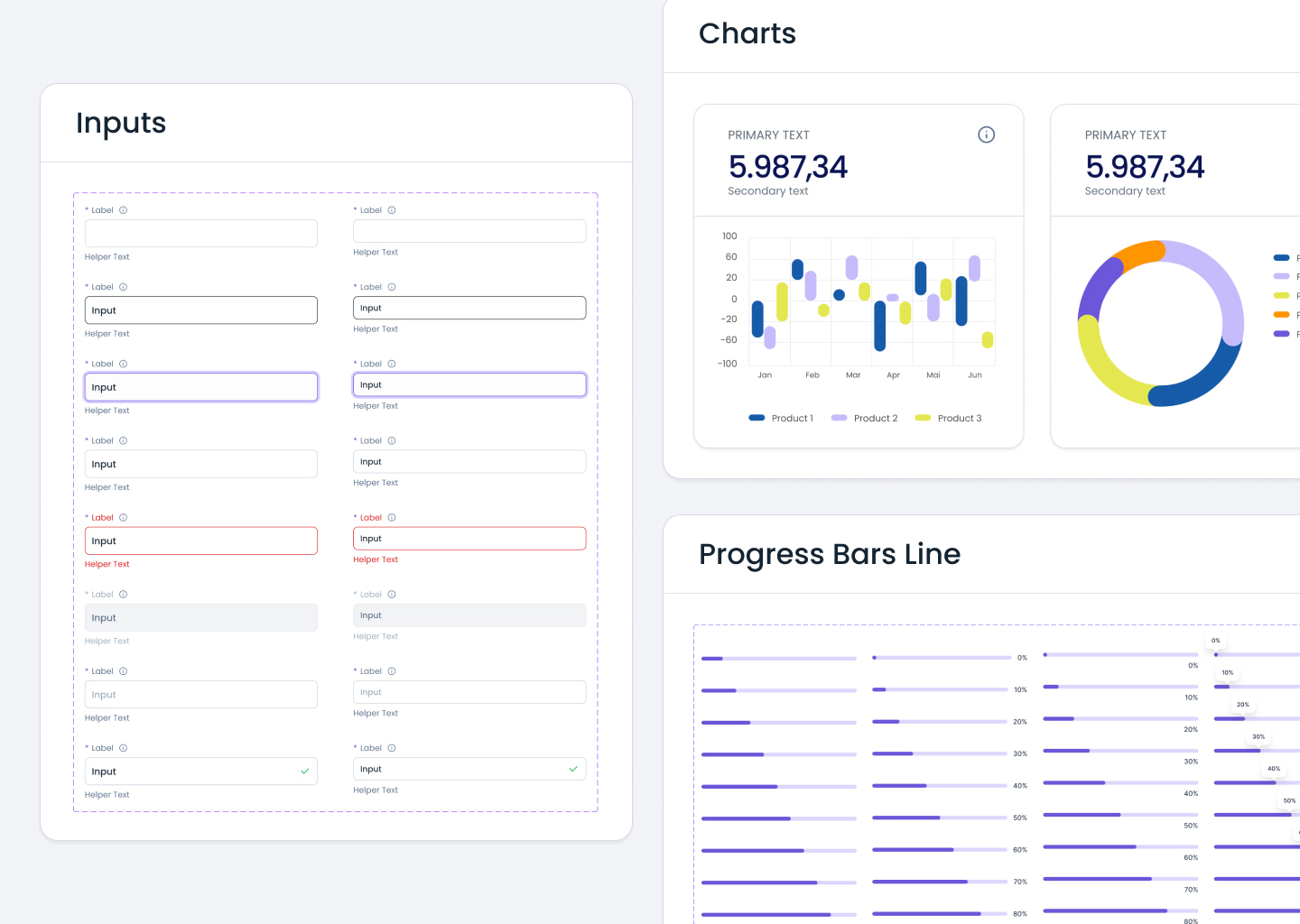I had the pleasure to work alongside Rachael for five years. From the beginning, I realized she was a constant voice for the user, using research and data to drive sound design decisions. She does not shy away from a challenge which was evident as she led our large design system initiative, building upon her team’s original system and broadening it to support the organizations platform. She has an analytical approach and knows how to get to the root problem quickly, making her successful at improving departmental systems and team process. She has a talent for bridging the gap between software development’s technical side and design’s right-brain creative side. She’s a solid team leader that is patient and caring for her designers, consistently building relationships with them. There’s a foundational strength that Rachael brings and any design team would be lucky to have her!



